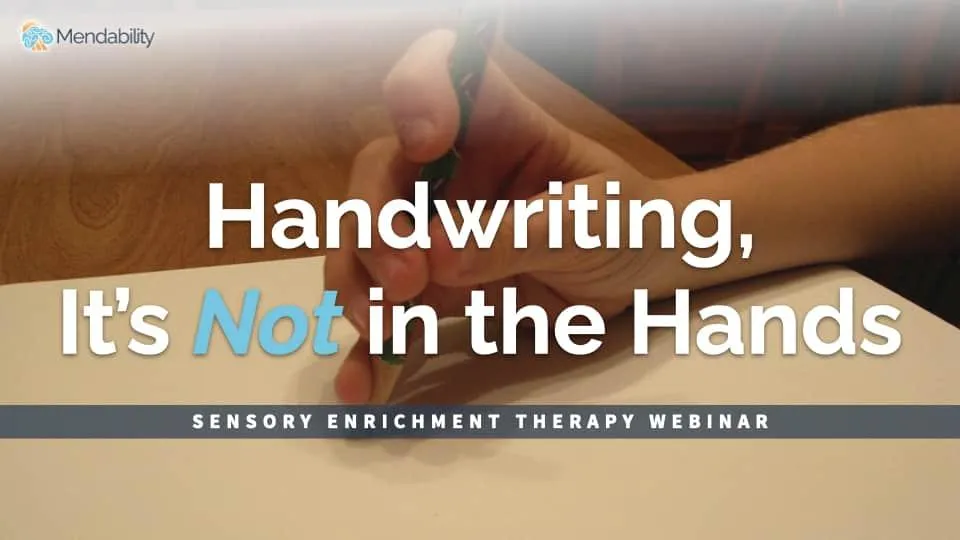
Sensory Enrichment protocol: memory of sound and touch
The following articles present the results of studies on the memorization of random sounds, textures, and words. The researchers of the first study spoke short sounds and long words to the subjects with emphasized pronunciation at a rapid pace, presenting the word and auditory information before they could become a mental image.
If we are told a word and asked to remember it, then in our mind’s eye we will mentally see the word printed or see the image of what it represents. For example, we will see a pear if we hear the word “pear”. The researchers in these studies were able to localize where the information was stored in the brain, thanks to functional Magnetic Resonance Imaging (fMRI). They also found that if a person heard a word, then their brain stored it in a different place than if they read a word.
Memory and Cognition 1989 Jul;17(4):398-422.
Modality effects and the structure of short-term verbal memory.
Penney CGand
Psychol Sci. 2004 Feb;15(2):112-8.
Short-term episodic memory for visual textures: a roving probe gathers some memory.
Zhou F, Kahana MJ, Sekuler R.
The conclusions of these studies define that information is stored in the brain according to the sense that received it.
About the Sensory Enrichment Protocol
The purpose of the exercise called Memory of Sound and Touch is to create connections between brain areas that do not spontaneously working together. The growth of new pathways is further combined with improved serotonin function. The brain uses serotonin to translate sensory information. In order to memorize pairs of sounds and textures then the brain requires high focus and successful serotonin translation.

In this game, the child is asked to memorize which sound is paired with which texture. Repeating the activity leads to the child’s brain storing the information in both the tactile and auditory areas simultaneously. If the child is allowed to see the textures then this will add a third sensory processing activity to the task and a third brain area will be accessed and associated with the other two senses.
In order for this memorization to happen, the brain has to build new pathways between the vision, auditory and tactile areas in the brain.
These new tools will improve the child’s learning abilities, and their capacity to store information in more than one area. This exercise will also help the development of auditory processing and selectivity which are deficiencies in children with autism.
Would you like to learn more about how Sensory Enrichment Therapy was developed? Join us for a webinar!
Click here to sign up for one of our upcoming sessions.
More reading
Memory and Cognition. 2006 Mar; 34(2):387-98. Dual task interference in perceptual category learning. Zeithamova D., Maddox W.T.
Psychonomic Bulletin and Review 2001 Mar; 8(1):168-76. The effects of concurrent task interference on category learning: evidence for multiple category learning systems. Waldron E.M, Ashby F.G.



